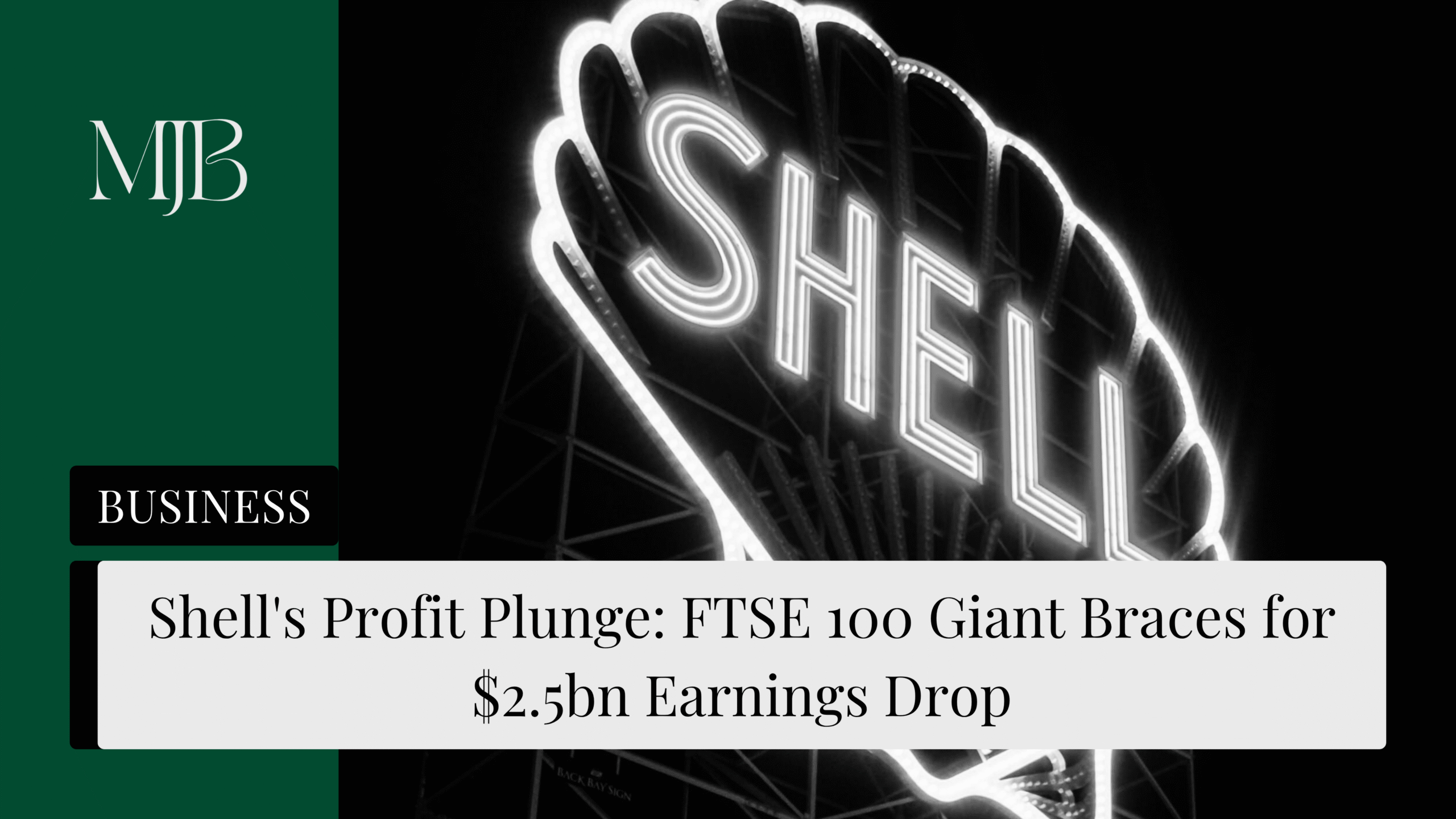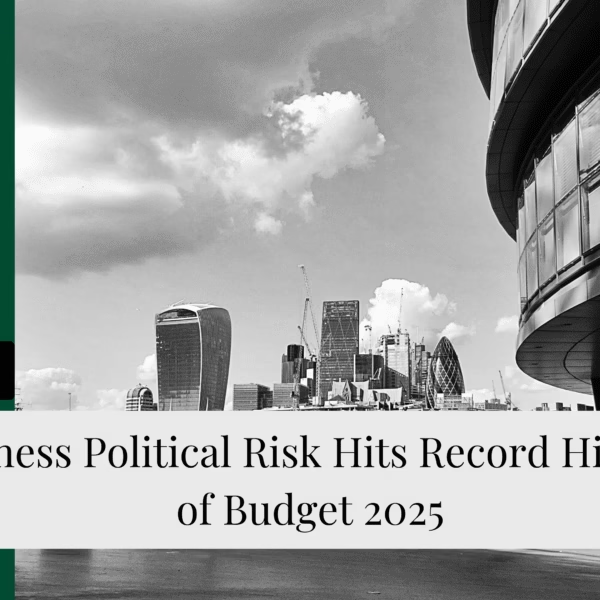Shell’s about to serve up some sobering numbers. The FTSE 100 energy heavyweight is expected to report a massive 40% profit drop when it releases Q2 earnings Thursday, with analysts forecasting just $3.74bn compared to last year’s $6.29bn bonanza.
Why the dramatic fall? Oil price chaos, gas division struggles, and a chemicals arm that’s bleeding money. If you’re holding Shell shares, here’s what’s really going on behind those disappointing numbers.
This article covers Shell’s Q2 earnings preview, profit forecasts, and what the numbers mean for FTSE 100 investors.
Shell’s Earnings Breakdown: Where Things Went Wrong
Gas Division Takes a Hit
Shell’s integrated gas division is facing a reality check. Analysts predict earnings will tumble from $2.7bn to just $1.8bn year-on-year. That’s a $900m haircut.
The division got hammered by volatile LNG prices and reduced trading margins. When your gas business can’t catch a break in an energy-hungry world, you know something’s off.
Chemicals Arm Bleeds Red Ink
Shell’s chemicals and products division is expected to post a $28m loss this quarter. Last year? They made $1.1bn profit. That’s a brutal $1.1bn swing that shows just how tough the petrochemicals market has become.
Overcapacity, weak demand, and margin compression are crushing what used to be a reliable profit centre.
Oil Price Volatility: The Wild Ride Continues
Oil markets have been more bipolar than a teenager’s mood swings. Brent crude plunged to four-year lows around $65 in April after Trump’s tariff threats spooked traders about a potential trade war.
Then June happened. Middle East tensions flared, supply disruption fears kicked in, and prices bounced back. Now we’re sitting around $70 per barrel – not terrible, but not the $80+ that makes oil executives giddy either.
This constant price ping-ponging makes it nearly impossible for energy giants like Shell to plan ahead or maintain steady earnings.
Shell’s Cost-Cutting Strategy: Fighting Back
Shell isn’t taking this lying down. In March, they unveiled an aggressive cost-cutting plan targeting $5-7bn in annual savings by 2028. Think of it as corporate liposuction.
The company’s also sticking to its shareholder-friendly approach. They bumped dividends by 4% last year and continue share buybacks, signalling confidence despite the earnings headwinds.
What This Means for Shell Investors
Shell’s first-half earnings are projected at $9.3bn – respectable but down from previous highs. The key question isn’t just this quarter’s numbers, but whether Shell can navigate the energy transition while keeping cash flowing to shareholders.
Thursday’s results will reveal if management’s cost-cutting medicine is working and how they’re positioning for an uncertain energy future. For FTSE 100 investors, Shell remains a dividend play worth watching despite near-term headwinds.
FAQ: Shell Earnings Deep Dive
Q1: Why are Shell’s profits dropping so dramatically?
A: Three main culprits: volatile oil prices, weaker gas trading results, and massive losses in their chemicals division. The perfect storm of energy market chaos.
Q2: Should Shell investors be worried about the dividend?
A: Shell raised dividends 4% recently and continues buybacks, suggesting they’re committed to shareholder returns despite earnings pressure. Thursday’s announcement will be telling.
Q3: How does Shell’s performance compare to other oil majors?
A: Most energy giants are facing similar headwinds from volatile oil prices and refining margin compression. Shell’s chemicals losses might be more severe than peers though.
Q4: What’s driving the oil price volatility affecting Shell?
A: Geopolitical tensions, trade war fears, and Middle East conflicts are creating wild price swings. Oil went from $65 to $70+ in just months.
Q5: Is Shell’s cost-cutting plan realistic?
A: Targeting $5-7bn in annual savings by 2028 is ambitious but achievable through operational efficiency and portfolio optimisation. Success depends on execution.
DISCLAIMER
Effective Date: 15th July 2025
The information provided on this website is for informational and educational purposes only and reflects the personal opinions of the author(s). It is not intended as financial, investment, tax, or legal advice.
We are not certified financial advisers. None of the content on this website constitutes a recommendation to buy, sell, or hold any financial product, asset, or service. You should not rely on any information provided here to make financial decisions.
We strongly recommend that you:
- Conduct your own research and due diligence
- Consult with a qualified financial adviser or professional before making any investment or financial decisions
While we strive to ensure that all information is accurate and up to date, we make no guarantees about the completeness, reliability, or suitability of any content on this site.
By using this website, you acknowledge and agree that we are not responsible for any financial loss, damage, or decisions made based on the content presented.






